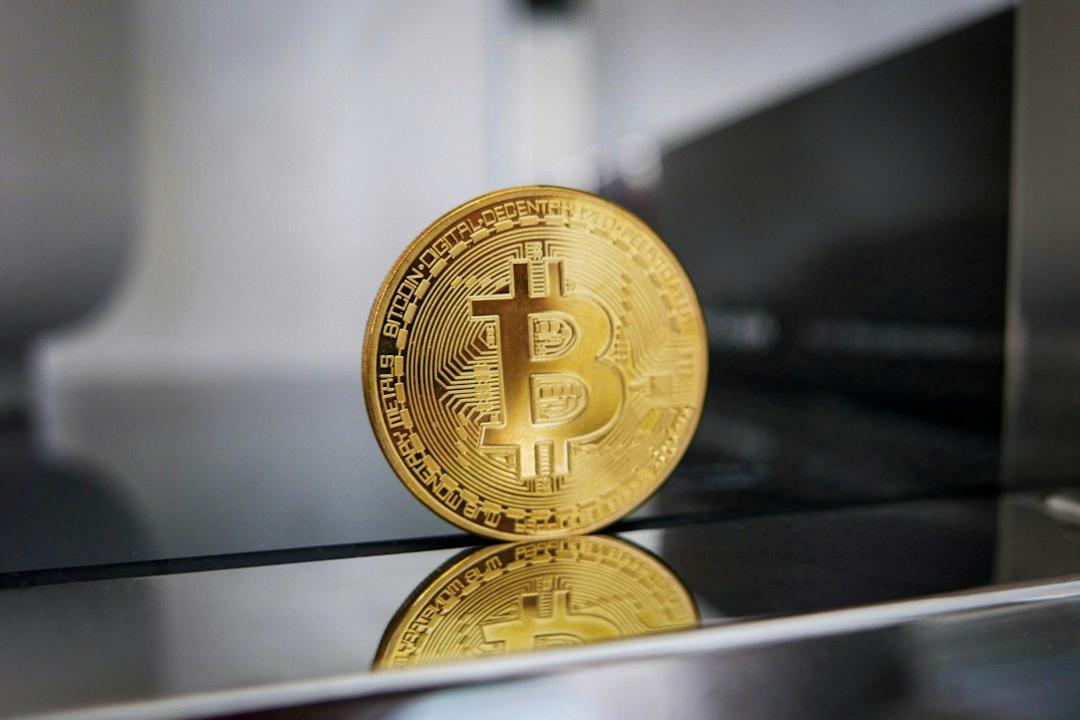
Contents
Toggle
ETH/BTC exchange rate breaks new lows
Upgrade to Cancun
Cancun Upgrade Timeline
Due to Bitcoin’s rapid rebound, the ETH/BTC exchange rate has fallen below the support level of 0.05 maintained over the past few months. At the time of writing this article, it is at 0.0493, approaching the previous low of 0.04908 in 2022.


In such a market environment, Ethereum as an investment target seems to be increasingly unpopular among investors. The only opportunity to reverse ETH’s situation seems to be the upcoming Cancun Upgrade (Dencun), which is expected to be deployed in the first quarter of 2024.
The Ethereum Cancun Upgrade is the next major upgrade after the Shanghai Upgrade (Shapella) in April 2023. In this hard fork upgrade, nine EIPs (Ethereum Improvement Proposals) will be implemented, including but not limited to:
EIP-1153: This proposal adds two new opcode commands to automatically clear certain data at the end of a transaction to help reduce transaction costs (i.e., gas fees) slightly.
EIP-4788: This upgrade allows the execution layer of Ethereum to directly access the block root of the beacon chain, helping to improve the overall operation of the blockchain.
EIP-4844 (Proto-danksharding): Introduces a temporary data storage method that helps reduce the storage cost of transaction data, thereby reducing users’ gas fees.
EIP-5656: Provides a new method for duplicating data in the EVM, making the process simpler and more economical.
EIP-6780: Modifies an opcode command to only be invoked when creating a contract in the same transaction that deletes the contract.
EIP-7044: Removes restrictions on the validity of validator exit information.
EIP-7045: Extends the time for including certain proofs in beacon chain blocks, helping to improve network efficiency.
EIP-7514: Increases the upper limit of the number of validators that can be activated in each epoch.
EIP-7516: Introduces a new opcode command to return specific fee information for the current block, helping to improve price transparency and predictability.
Among them, EIP-4844 and EIP-1153 are the two most significant EIPs that can reduce on-chain transaction costs for the mainnet and all Ethereum layer 2 networks.
The Cancun Upgrade (along with the potential Ethereum spot ETF) is considered the main narrative to drive the rebound of ETH/BTC in the future. According to the Ethereum developers’ telephone conference held last week,
Content,
The tentative timeline for the activation of the hard fork is as follows:
Goerli Testnet Hard Fork – January 17, 2024 – Epoch 231680
Sepolia Testnet Hard Fork – January 30, 2024 – Epoch 132608
Holesky Testnet Hard Fork – February 7, 2024 – Epoch 29696
If no issues arise after the Holesky Testnet Hard Fork, it is expected that the Ethereum mainnet will welcome the Cancun Upgrade at the end of February or early March.
Successful Conclusion of CoinEx Taiwan’s 7th Anniversary Celebration, Embracing the Arrival of the Web3 Era Hand in Hand with Users
Since its establishment in 2017, CoinEx has been a professional cryptocurrency trading pla…
